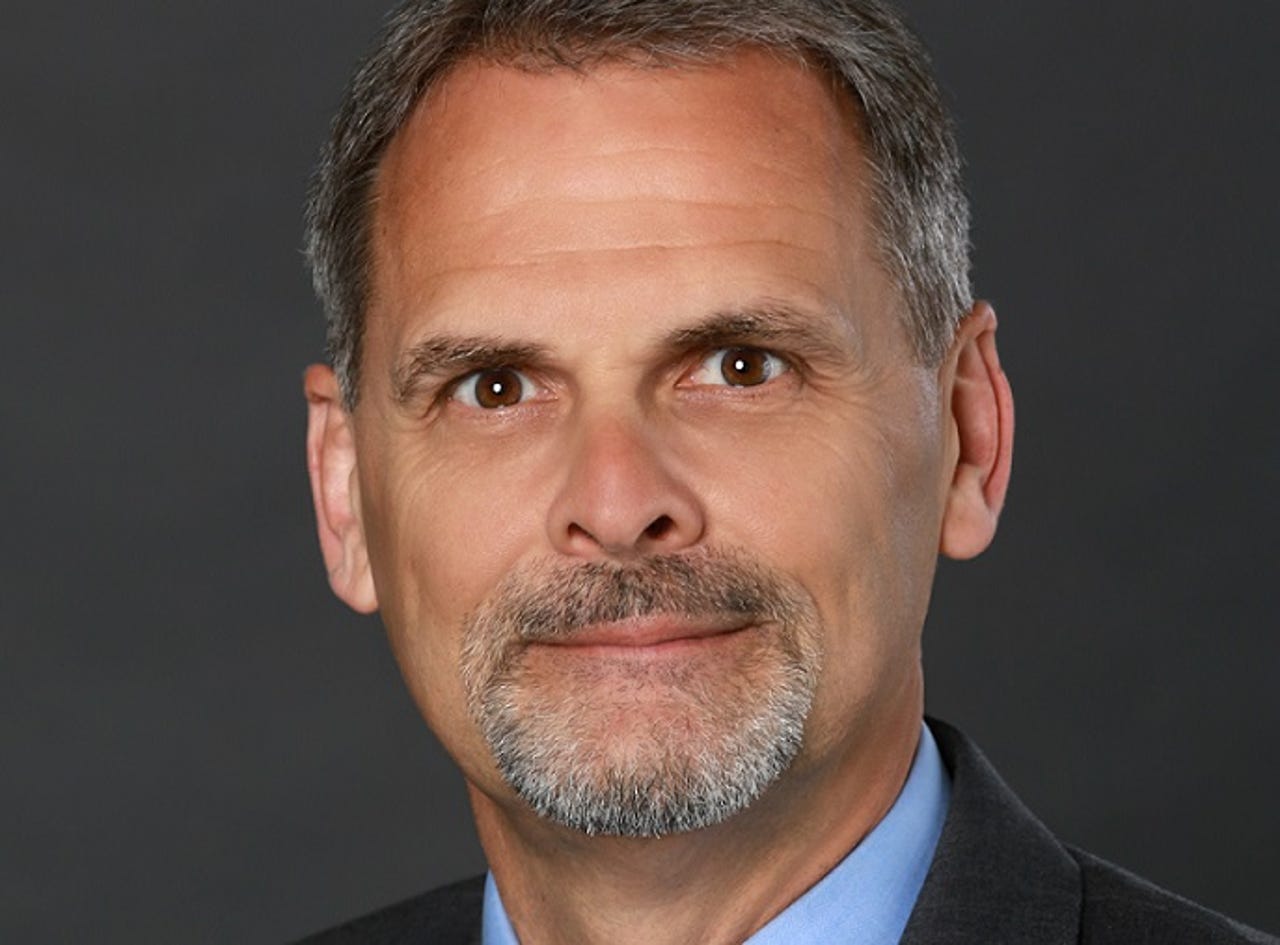Enabling 'DIY' digital transformation at AT&T


Steve Stine was named AT&T's new chief data officer in August 2017.
After more than 38 years at AT&T, Steve Stine this past August was appointed chief data officer. He's taking the lead of the newly-created Chief Data Office, where he'll oversee a 500-person team dedicated to mining data.
Featured
There's a lot of it: AT&T processes more than 168 petabytes each day. Stine, however, isn't looking just at the data flowing on the network.
"Beyond that, we have a lot of operational data, product-specific data, network performance data," Stine told ZDNet, "things that enable that much traffic to flow around and the services to be fulfilled that are operating above it. The question is, what do we need in order to get the most out of it."
Part of the answer, according to Stine, is pushing the data as close as possible to the right people within the business, to enable a "self-serve" model of innovation. Stine spoke to ZDNet about how he plans to make this happen, starting with a new approach to big data:
Moving beyond a project-specific approach to big data
ATT has had a "big data" strategy for several years, but Stine says that "big data" is just one of three components now consolidated within the new Chief Data Office.
The second is the data supply chain. It's about creating the data warehouses and deploying capabilities like business intelligence to get the data where it needs to go. "That traditionally was in our technology development organization -- think of the access, the usability, management and security around data in general," Stine explained.
Third, Stine's office includes the automation team he previously led, which is focused on investing in technologies like AI to make operations more efficient.
"The three components together make a lot of sense because they interoperate with one another on a daily basis," Stine said. "You can start to look at, are there platform capabilities and investments you can make that you can extend across the business rather than looking at a project-specific basis, which was the initial approach around our big data."
Priorities: Data supply chain and the "self-serve" model
Stine says the CDO, first and foremost, is driven by the customer experience. "How do we enable the business to understand more about what the customer needs are?" he said.
With that in mind, he said his top priority is focusing on AT&T's data supply chain, "to enable common tools and platform capabilities, [providing] access to those who need this information in near real time."
With a strong supply chain in place, Stine said the office can focus on "pushing as much of this self-service as far into the business as you can."
Whether a business unit needs automation capabilities, analytics, or more support from data scientists, the CDO is focused on "looking across the enterprise at what the requirements are, and trying come up with ways in which we can all benefit from the capabilities we're trying to deliver," he said.
As leader of the automation solutions team, Stine started down that path by introducing a robotic process automation program at AT&T in 2015. The program gives employees the skills to build bots for themselves. So far, employees have built more than 600 software bots across the company in areas like HR, sales, and finance.
The goal, Stine said, was "to start to pivot our people away from high-volume repetitive tasks to high-volume work impact."
While many people are concerned that automation will eliminate jobs, "we've used it as a positive, to do skill enhancements and skill pivoting," Stine said, "to allow people to adopt these capabilities on their own and put it in use in their business, and help us understand how they can create more value with the work they do."
Building on that program, the Chief Data Office is now developing AI-powered chatbots. "We'll give this as a self-service for the business units, for them to decide where they can put it into play to improve the service they're providing to customers," Stine said.
Currently, AT&T has a cable repair chatbot in proof-of-concept trial that will provide support to technicians out in the field. More chatbots are expected to follow in 2018.
While the CDO plans to expand the use of chatbots within AT&T via the "you can do it yourself" model, Stine said the program comes "with all the proper safeguards."
"We have a standardized process to evaluate the quality and production readiness of those before they're ever introduced into an operating environment," he explained. "There's a lot of rigor that goes into it."
Still, placing those capabilities directly withing business units "creates a great deal of velocity" in terms of data optimization, he said.
Stine's personal experience with "skill pivoting" and "personal transformation"
Stine said there's a "real transparency" from AT&T about the ways employees should evolve with the business. He said it's the sort of journey he's undergone repeatedly over the course of his own career.
"I can look back and see skill pivot and personal transformation probably 12 to 15 times within my career," he said. "I don't have an IT background, per se -- I'm not a degreed engineer. [But] I've made a living out of never being the smartest person in the room, in understanding all of the resources we have around us. I can assure you there are wicked smart people all around me."
He's focused, he said, on "understanding how to work with them... and how to get things done across the enterprise rather than a single operating area."